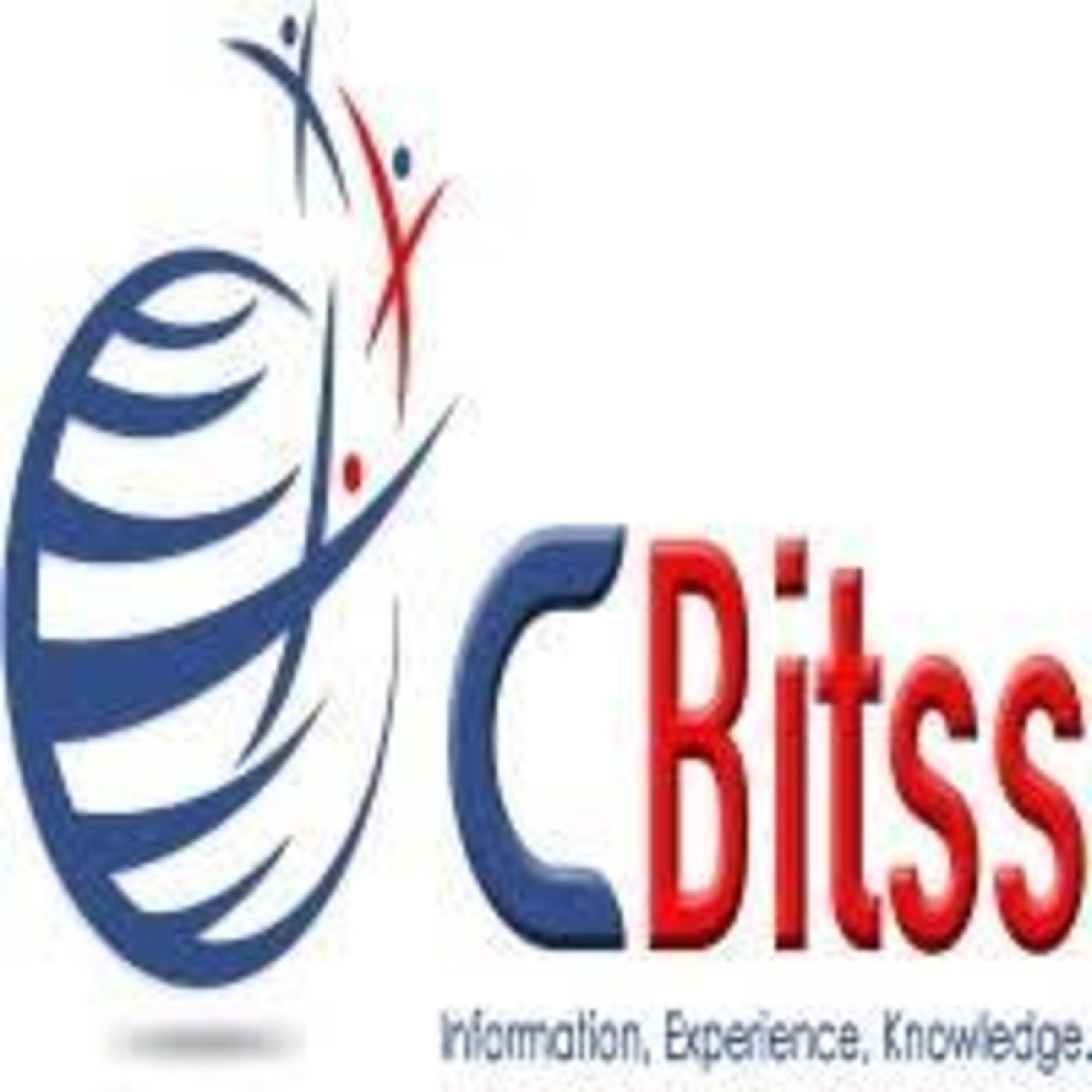Introduction to Integrating MYOB with Other Business Software: Best Practices
In today’s digital age, the seamless integration of various business software systems has become essential for enhancing operational efficiency and optimizing business processes. This article explores the best practices for integrating MYOB Accounting Software with other business software solutions. Whether your goal is to automate data synchronization, improve reporting capabilities, or streamline operations, integrating MYOB can significantly benefit your business.
Understanding Integration
What is Integration? Integration involves connecting disparate software systems to work harmoniously together. It eliminates manual data entry, reduces errors, and enhances overall productivity by ensuring that systems communicate effectively.
Why Integrate MYOB with Other Software?
Integrating MYOB with other business software systems offers several advantages:
- Efficiency: Automate data transfer and synchronization between different platforms.
- Accuracy: Ensure data consistency across all integrated systems.
- Insight: Combine financial data with operational data for enhanced reporting and decision-making.
- Scalability: Adapt to growing business needs without disrupting workflows.
Best Practices for Integrating MYOB
To ensure successful integration and maximize the benefits, businesses should adhere to these best practices:
-
Define Integration Goals
- Set clear objectives outlining what you aim to achieve through integration, such as automating invoicing or syncing customer data.
- Prioritize integration points that are crucial for seamless data exchange, such as sales orders, inventory management, or CRM systems.
-
Choose the Right Integration Approach
- API Integration: Utilize MYOB’s API (Application Programming Interface) to establish direct connections between MYOB and other software platforms.
- Middleware Solutions: Implement middleware platforms like Zapier, Integromat, or Dell Boomi to facilitate data flow between MYOB and third-party applications with minimal coding.
-
Ensure Data Consistency and Security
- Data Mapping: Map data fields accurately between MYOB and other systems to ensure smooth data transfer and consistency.
- Data Security: Implement encryption protocols and secure APIs to protect sensitive financial information during data transmission.
-
Consider Customization Needs
- Customize integration workflows to accommodate specific business requirements, such as unique data formats or workflow automation rules.
- Plan for scalability by choosing flexible integration solutions that can grow with your business and adapt to future needs.
-
Test and Validate Integration
- Conduct rigorous testing at each stage of integration to identify and resolve any issues before deployment.
- Perform user acceptance testing involving end-users to validate integration functionalities and ensure usability across departments.
-
Provide Training and Support
- Offer training programs for users involved in operating integrated systems to maximize efficiency and adoption.
- Establish a support system to address integration-related queries, troubleshoot issues promptly, and provide updates on system changes.
Case Studies and Success Stories
Real-life examples highlight successful integration stories where businesses have leveraged MYOB integration to achieve operational excellence and business growth.
Conclusion
Integrating MYOB accounting with other business software systems enhances operational efficiency, data accuracy, and decision-making capabilities. By following best practices such as setting clear objectives, choosing the right integration approach, ensuring data consistency and security, and providing adequate training and support, businesses can unleash the full potential of their MYOB investment. Embrace integration to streamline workflows and drive business success in today’s competitive landscape.

